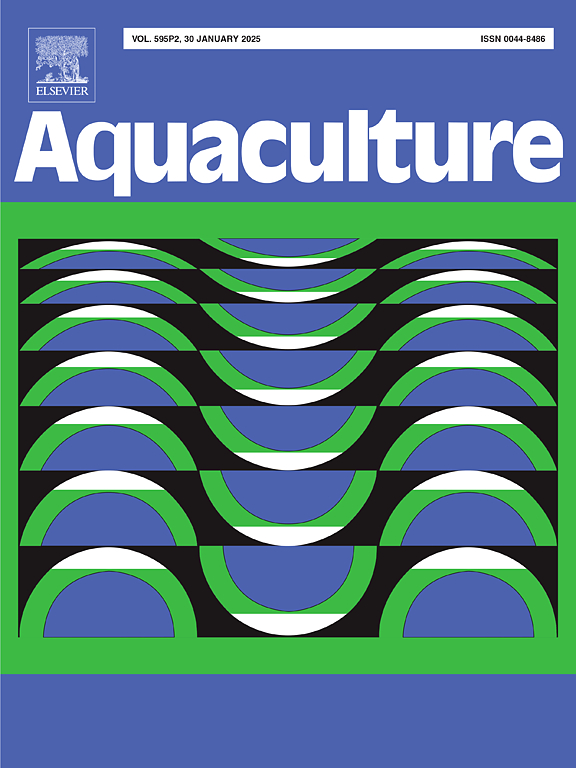Identifying current trends in the environmental impacts linked to fishmeal and fish oil production in Peru
IF 3.9
1区 农林科学
Q1 FISHERIES
引用次数: 0
Abstract
The anchoveta (Engraulis ringens) fishery in Peru, which is almost entirely devoted to the production of fishmeal and fish oil, is one of the largest fisheries in the world. It is volatile in terms of fishing stock availability, and the fishmeal industry has been subject to technological changes to upgrade its efficiency and reduce costs to maintain its competitiveness. The objective of this study is to apply the Life Cycle Assessment methodology to the production and exportation of fishmeal and fish oil products related to a relevant producer in Peru, representing 10 % of national production. A set of 169 vessels targeting E. ringens were inventoried, 88 % of which are owned by third parties, and four factories belonging to the company were assessed for the years 2019 and 2021. Ecoinvent was the selected database to support the life cycle inventory, and ReCiPe 2016 and IPCC 2021 were the methods applied to compute the environmental impacts. The results show that fuel combustion in fishmeal and fish oil production was the dominating activity in most of the impact categories analyzed. In terms of greenhouse gas emissions, it was found that, on average, approximately 320 kg CO2eq and 4430 kg CO2eq are emitted due to the production of 1 t of fishmeal and 1 t of fish oil, respectively, when an energy allocation is followed. The fishery accounted for ca. 45 % of greenhouse gas emissions and dominated most of the impact categories, showing greater influence of the fishing stage than in previous studies. The reasons behind are linked to the combined influence of improvements in the energy matrix of the plants, by prioritizing natural gas over diesel and residual fuel oils, and a slightly higher fuel use intensity of the fishing fleet. E. ringens quality was found to be an important parameter, as low protein or fat yields translate into substantially higher impacts. Finally, although Peruvian fishmeal and fish oil remain as one of the lowest environmental footprint products among animal feed, future work is needed to understand the effects that climate change and El Niño-Southern Oscillation events have on this industry.
求助全文
约1分钟内获得全文
求助全文
来源期刊

Aquaculture
农林科学-海洋与淡水生物学
CiteScore
8.60
自引率
17.80%
发文量
1246
审稿时长
56 days
期刊介绍:
Aquaculture is an international journal for the exploration, improvement and management of all freshwater and marine food resources. It publishes novel and innovative research of world-wide interest on farming of aquatic organisms, which includes finfish, mollusks, crustaceans and aquatic plants for human consumption. Research on ornamentals is not a focus of the Journal. Aquaculture only publishes papers with a clear relevance to improving aquaculture practices or a potential application.
 求助内容:
求助内容: 应助结果提醒方式:
应助结果提醒方式:


